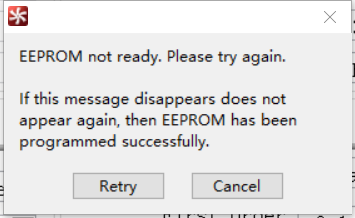Other Parts Discussed in Thread: DRV10983
hello .I have two DRV10983-Q1 EVM boards here, which drive a three-phase brushless DC motor with one pair of poles through an external 24V DC power supply. Control via PC software
when i try to use the evm board to drive the motor,i found some questions :
1 When testing with a separate motor (without hysteresis load), when the speed setting is not very high, the motor shaft can be pinched with a little force, and the motor stops and tries to restart.
2 After the motor drives the hysteresis load, as the hysteresis load increases, the motor speed obtained by the same speed command becomes lower and lower.
3 Earlier, I built a circuit with the DRV10983 chip according to the official typical application myself. I found that after the motor was pinched (not stopped) for a period of time, the motor entered an abnormal state: the motor maintained a very low and low speed. Don't speed up or stop.
The above questions, I want to know, are these problems caused by my parameter settings incorrect? Or any other reason? Is there a solution?
Attached Figure 3 is the motor speed that I read through the client software under different loads. Please check.
The attached figure 4-6 is my parameter setting, please refer to it.
thank you.


